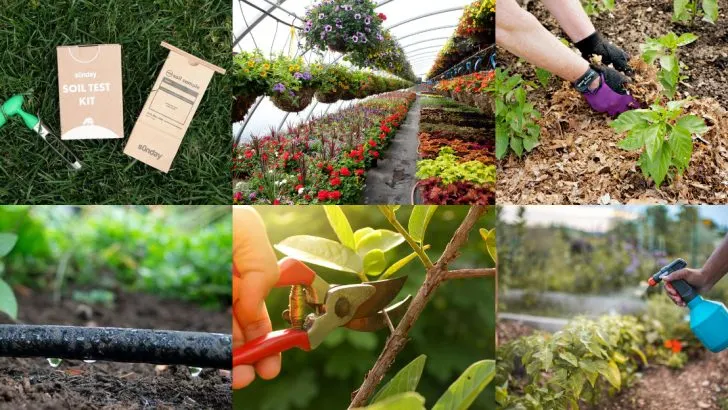Neglect your garden now, and summer will make you pay. Think scorched leaves. Withered blooms. Tomatoes that never stood a chance. But it doesn’t have to end in crispy regret. Now’s the time to get your hands dirty—literally. Wake up the soil. Toss the dead stuff. Sharpen those tools like you mean business. This is garden prep season, and there’s no room for slacking. We’re talking 16 must-do moves. Not optional. Not “nice to haves.” The kind of stuff future-you will be very grateful for when the sun’s blazing and your backyard looks like a magazine cover. So grab your hat, crank up the hose, and let’s make some garden magic. Summer’s coming in hot—your garden better be ready.
Soil Testing
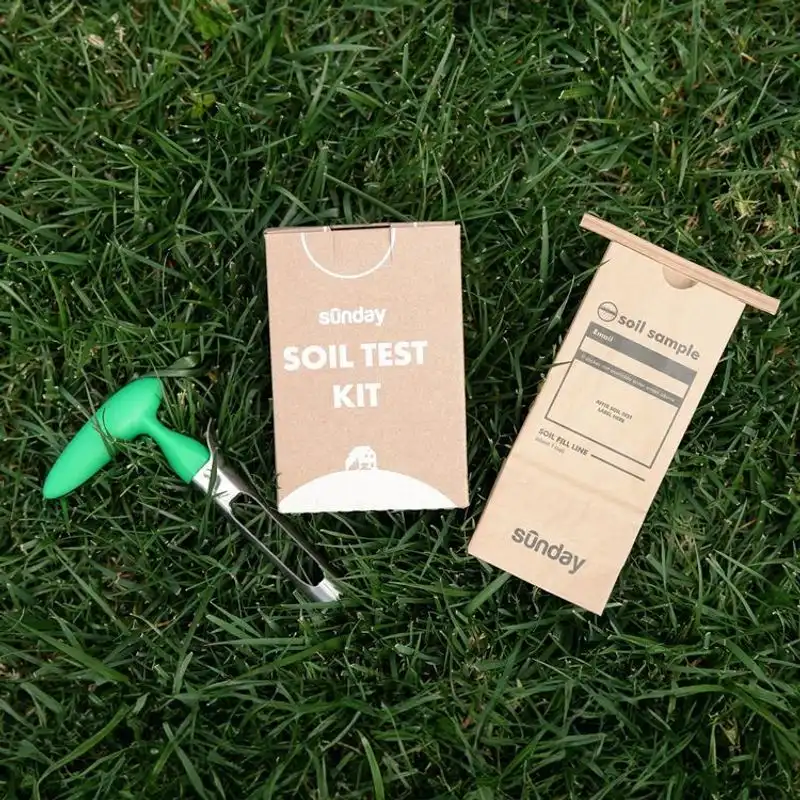
Understanding your soil’s composition is crucial for a healthy garden. Begin by obtaining a soil test kit from your local garden center. This simple test reveals vital information about your soil’s pH and nutrient levels. Adjustments, such as adding lime or sulfur, can correct imbalances and enhance soil fertility.
Think of it as giving your plants the perfect foundation to grow. With this knowledge, you can tailor your fertilization plan to meet specific needs. This proactive step helps you avoid over-fertilizing, ensuring lush growth without harming the environment.
Select Summer Plants
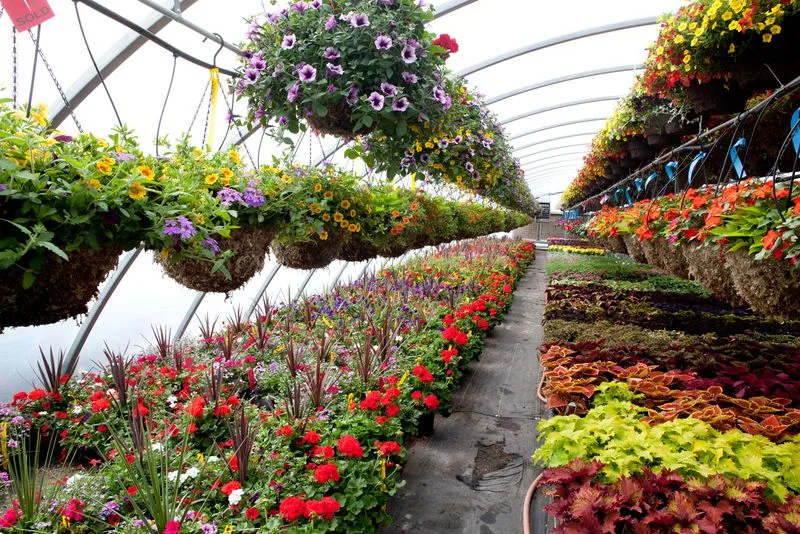
Choosing the right plants for summer is like selecting the perfect ingredients for a recipe. Visit your local nursery and explore a variety of heat-loving flowers and veggies. Consider native and drought-resistant options that thrive in warm weather without excessive watering.
These choices not only save water but also attract beneficial insects, promoting a balanced ecosystem in your garden. Whether you’re planting sunflowers or tomatoes, the right selection ensures a garden that’s not only beautiful but also sustainable. Your summer garden begins with smart plant choices.
Mulch Application
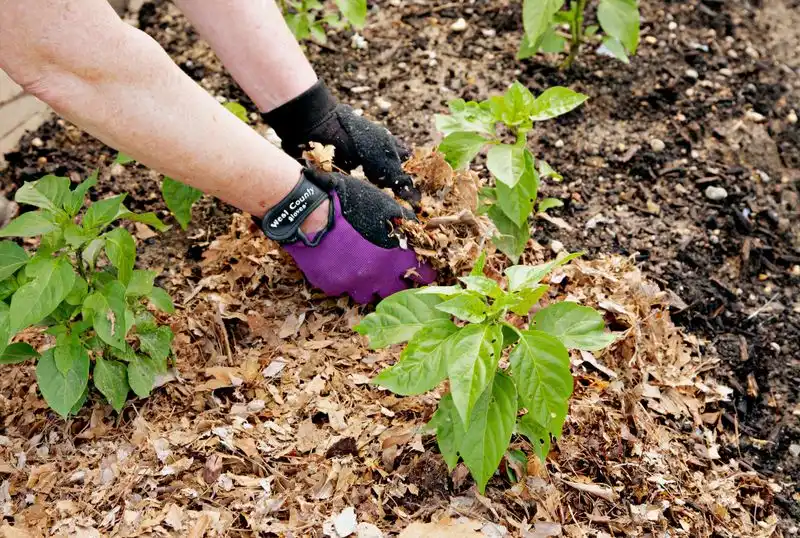
Mulching is your garden’s best friend during summer. Spread a layer of organic mulch, like wood chips or straw, around your plants. This simple act conserves moisture, suppresses weeds, and regulates soil temperature, creating an ideal environment for growth.
Mulch also breaks down over time, enriching the soil with organic matter. It’s a natural way to keep your garden thriving without constant watering. Plus, the neat appearance of mulched beds enhances your garden’s visual appeal, creating a tidy and inviting outdoor space.
Install Irrigation System
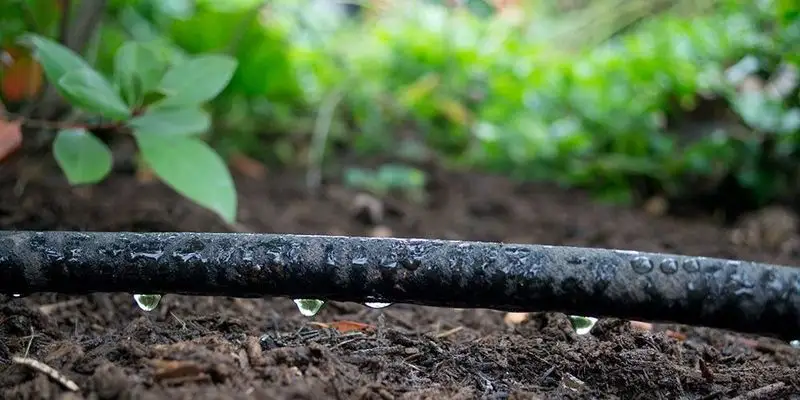
Efficient watering is key to a flourishing summer garden. Consider installing a drip irrigation system that delivers water directly to the plant roots. This method minimizes water waste and ensures consistent moisture levels, promoting healthy growth.
Drip systems are easy to install and can be automated to fit your garden’s needs. They’ll save you time and effort, especially during hot spells, while reducing your water bill. A well-irrigated garden is a happy garden, ready to withstand summer’s heat.
Pruning and Trimming
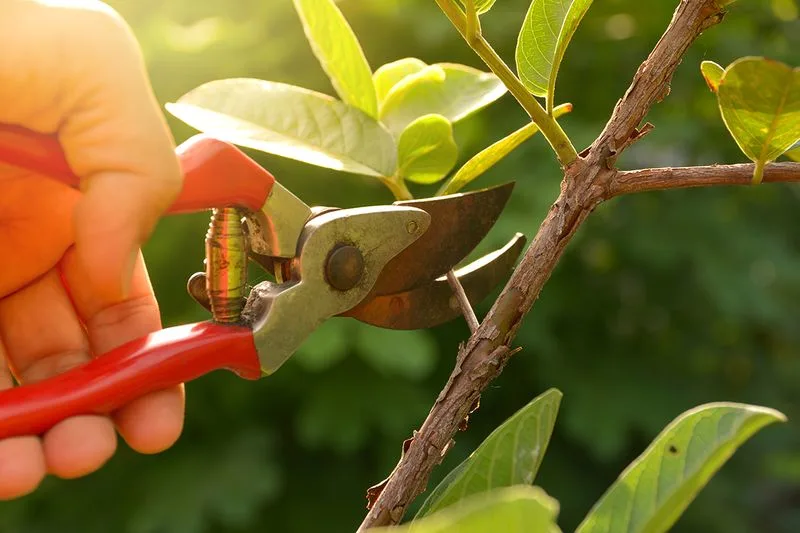
Pruning is an art that shapes your garden’s beauty. Trim dead or overgrown branches from shrubs and trees to encourage new growth and prevent disease. This task not only enhances plant appearance but also improves air circulation, reducing pest problems.
Whether you’re shaping hedges or maintaining roses, proper pruning techniques boost plant vitality. It’s also a chance to inspect plants for signs of issues that can be addressed early. Regular trimming keeps your garden looking its best throughout the summer season.
Pest Control Measures

Pests can be a gardener’s nemesis, but proactive measures keep them at bay. Regularly inspect your plants for signs of insect damage and act swiftly. Employ natural remedies like neem oil or insecticidal soap to combat infestations without harming beneficial insects.
Integrated pest management strategies, such as introducing ladybugs, can also help maintain a balanced ecosystem. Vigilance and timely action prevent minor issues from becoming major problems, ensuring your garden remains a thriving haven for plants and pollinators alike.
Compost Management
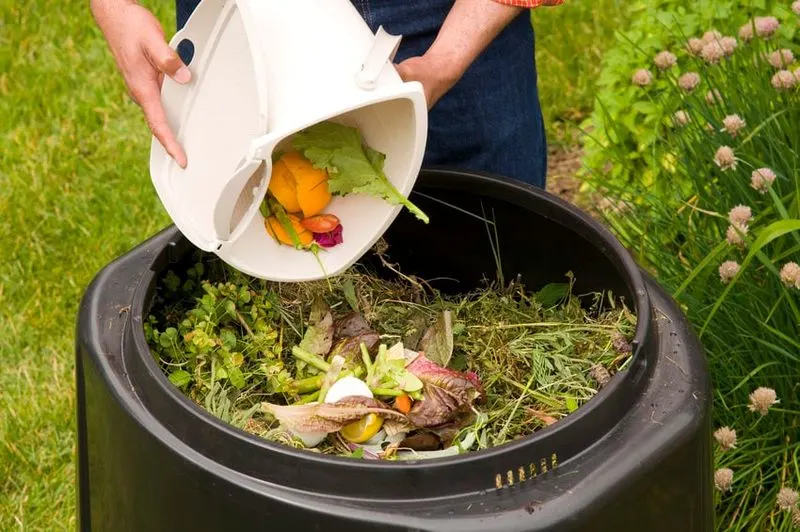
Composting is a gardener’s gold. Maintain your compost pile by turning it regularly to aerate and speed up decomposition. Add a mix of green and brown materials to balance carbon and nitrogen levels.
Compost enriches your soil with nutrients, enhancing plant growth and soil structure. It’s a sustainable way to recycle kitchen and garden waste, reducing landfill impact. Plus, using homemade compost saves money on fertilizers and promotes a self-sufficient gardening approach.
Protect Young Plants
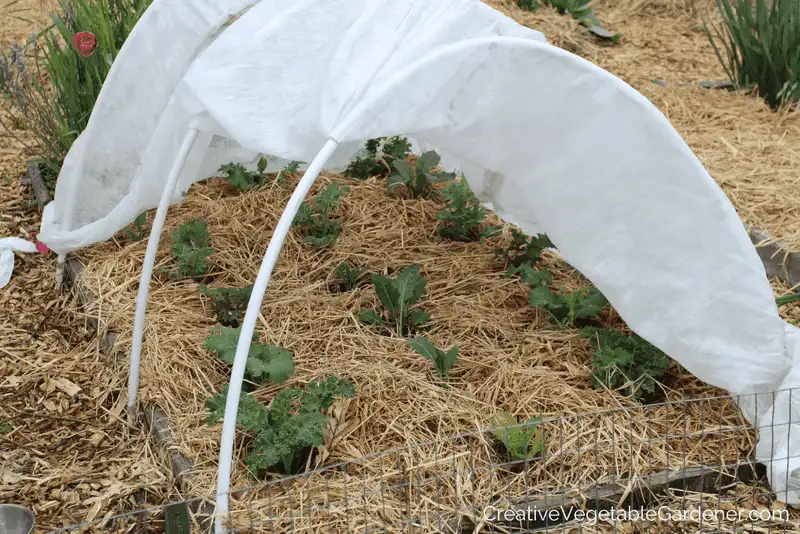
Young plants require extra care to thrive in summer. Use row covers or garden cloches to shield seedlings from harsh sun and strong winds. These protective measures create a microclimate that supports healthy development.
Row covers also prevent pests from reaching tender plants, reducing the need for chemical interventions. As your plants grow stronger, gradually acclimate them to outdoor conditions. This nurturing approach ensures a robust start to life, leading to a flourishing summer garden.
Fertilize Appropriately
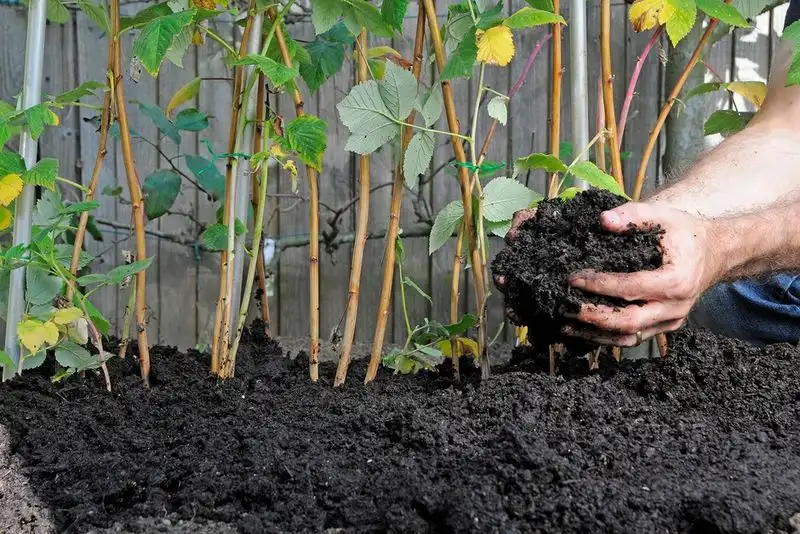
Feeding your plants is crucial for a bountiful summer garden. Choose organic fertilizers that provide essential nutrients without harming the environment. Apply fertilizers according to plant needs and growth stages for optimal results.
Over-fertilizing can lead to excessive growth at the expense of blooms or fruit. Balance is key. Regular feeding supports vigorous growth, abundant flowers, and healthy produce. Understanding the specific needs of each plant ensures a garden that’s both productive and eco-friendly.
Weed Control
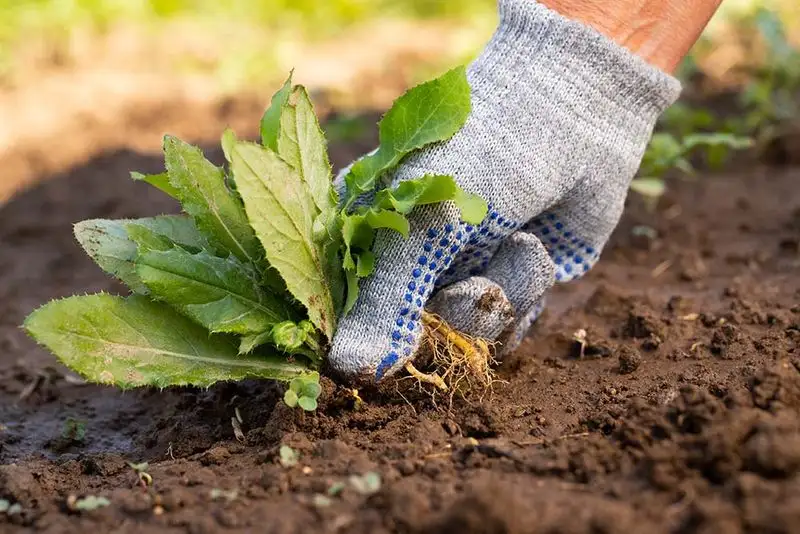
Weeds compete with your plants for resources. Regularly inspect your garden and remove weeds by hand or with tools. Aim for early removal before they set seeds to prevent future outbreaks.
Mulching and dense planting are effective strategies to suppress weeds naturally. Keeping your garden weed-free ensures that plants receive adequate sunlight, water, and nutrients, boosting their growth and vitality. Consistent effort leads to a neat and productive garden throughout the summer months.
Enhance Garden Design

Summer is the perfect time to revamp your garden’s aesthetic appeal. Consider adding eye-catching features such as colorful flower pots, garden ornaments, or a charming pathway. These elements enhance the visual harmony of your outdoor space.
Experiment with different plant arrangements and heights for a dynamic look. A well-designed garden is not only a feast for the eyes but also a reflection of your personality. Unleash your creativity and create a garden that’s uniquely yours, filled with summer charm.
Harvest Early Crops
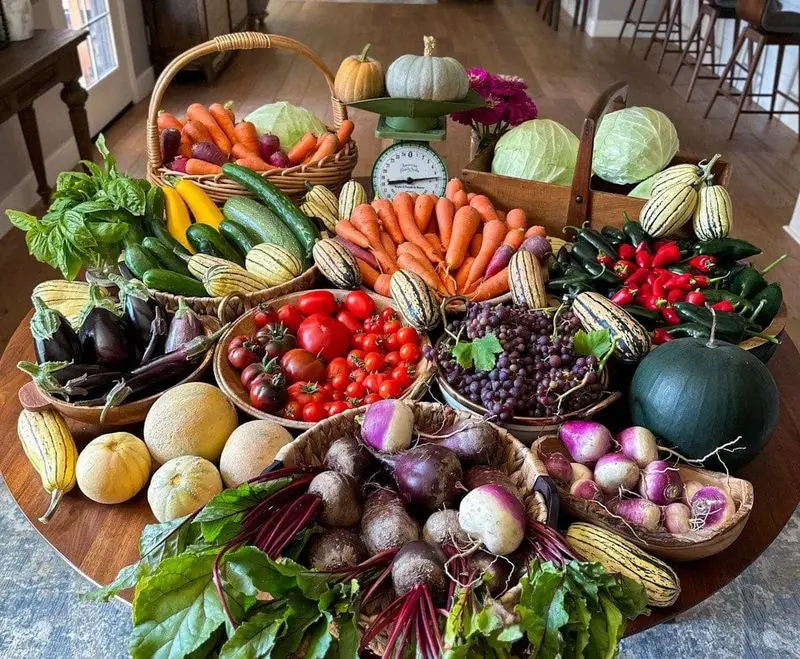
If you’ve planted early crops, now’s the time to reap the rewards. Harvesting lettuce, peas, and radishes before the peak of summer ensures freshness and taste. Regular harvesting also encourages continued production, keeping your garden productive.
Enjoy the fruits of your labor in delicious salads and meals. Early harvests provide a sense of accomplishment and motivate you to continue caring for your garden through the summer. It’s the perfect start to a season of abundance and home-grown flavors.
Check Garden Tools
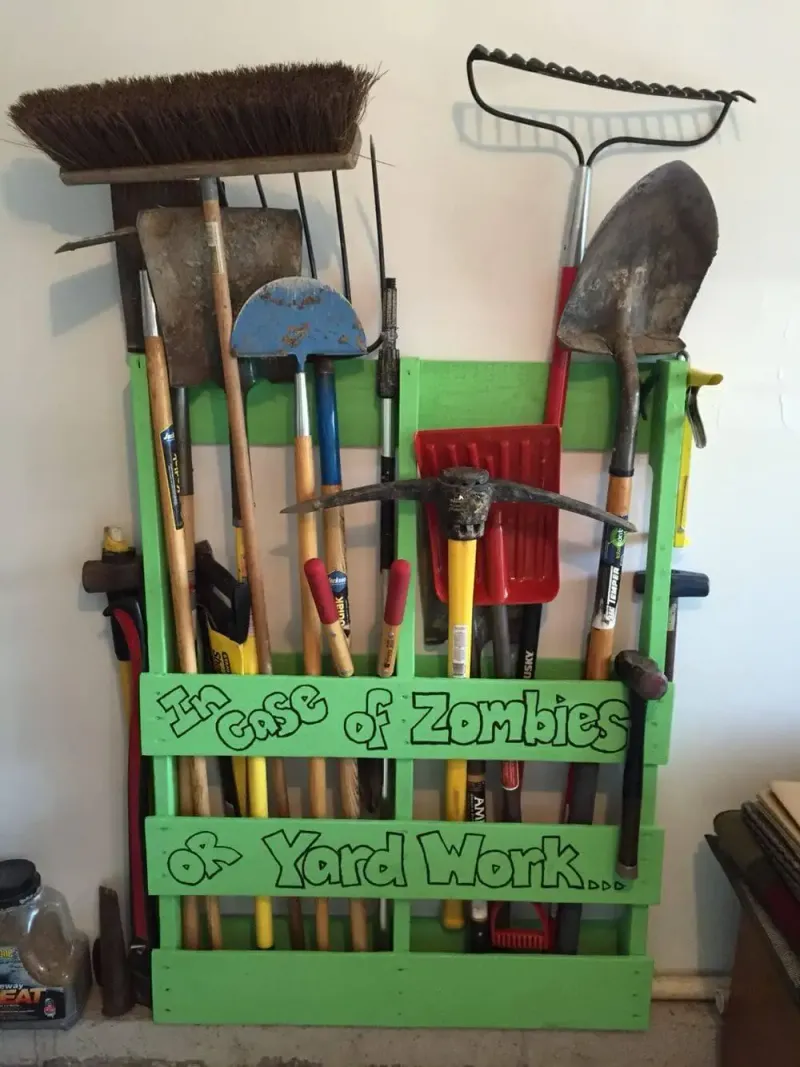
Functional tools are essential for efficient gardening. Inspect your tools for rust and wear, cleaning and sharpening them as needed. Well-maintained tools make tasks easier and prevent damage to plants.
Consider investing in ergonomic tools that reduce strain during prolonged use. A well-equipped gardener is prepared for any challenge, ensuring that your summer garden remains a source of joy rather than toil. Proper care for tools reflects a commitment to gardening excellence.
Plan for Shade
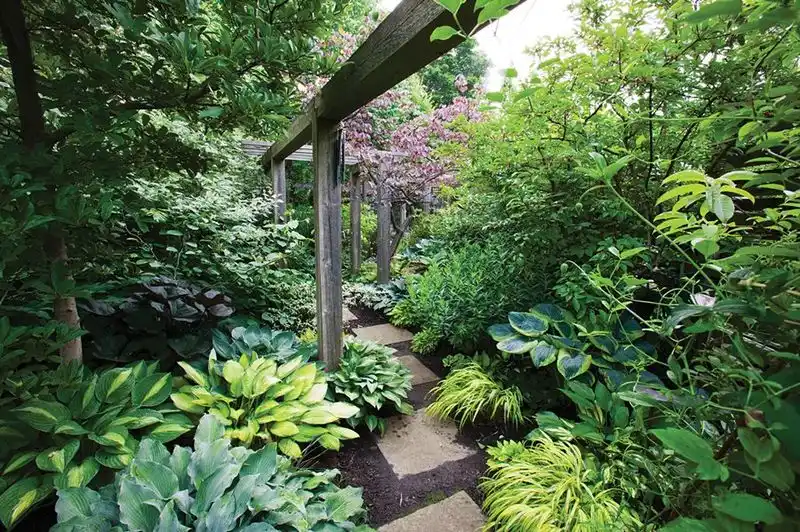
Creating shaded areas in your garden offers relief from the summer sun. Consider installing pergolas, umbrellas, or shade sails to protect delicate plants and create comfortable spaces for relaxation.
Shade solutions also add visual interest and structure to your garden. They provide a haven for both plants and people, encouraging you to spend more time outdoors. Planning for shade ensures that your garden is not only beautiful but also functional, accommodating various needs throughout the summer.
Prepare for Wildlife
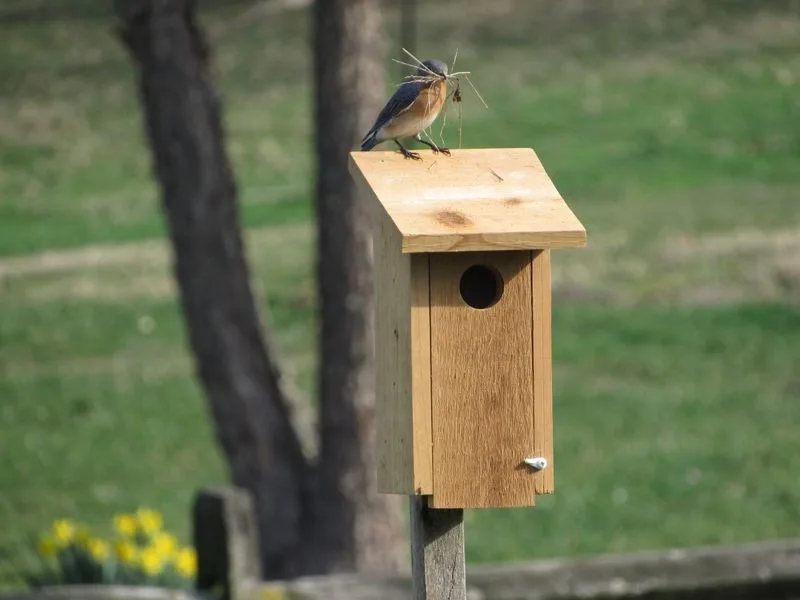
Encouraging wildlife adds vibrancy to your garden. Install birdhouses, bee hotels, and water features to attract beneficial creatures. These additions support biodiversity and enhance your garden’s ecosystem.
Native plants and flowers provide food and habitat for local wildlife, making your garden a sanctuary for nature. Watching birds and bees in action brings joy and a sense of connection to the natural world. Preparing for wildlife creates a lively and dynamic garden environment.
Create a Relaxation Spot

A garden should be a place of peace and enjoyment. Designate a relaxation spot with comfortable seating and a table, surrounded by fragrant flowers and lush greenery. This personal oasis invites you to unwind and soak in the beauty of your surroundings.
Whether it’s for reading, meditating, or enjoying a cup of tea, a well-placed relaxation spot enhances your garden experience. It’s the perfect retreat after a day of gardening, offering a tranquil haven to recharge and appreciate your hard work.

